Felix "Fox" Harris
Relocated (incl. Museums)
Ledet Road, Beaumont, Texas, 77708, United States
Harris's work is on permanent display at the Art Museum of Southeast Texas in Beaumont, Texas. Admission is free. Check the website for hours.
About the Artist/Site
Sculptor Felix "Fox" Harris was born in Trinity, Texas, in 1905. His nickname derived from a childhood incident, when he ran home so quickly after being startled by a stranger that he was dubbed "Fox." He could not read and could write only his name. He worked as a logging foreman in Diboll, probably during the 1940s, and later moved to Beaumont, where he worked as the foreman for a construction-company crew laying railroad tracks. He married twice; he and his first wife had one son. Harris did not begin producing art until after his retirement in his mid-fifties. He stated that his art was inspired by a vision in which God appeared to him holding two sheets of paper: a brown one, representing the sorrows and struggles of his old life, and a white one, representing what his life could be. God laid aside the brown paper, saying that his old life must end, and held out the white paper as a sign of new life.
Inspired by this vision "to take nothing and make something," Harris began assembling sculptures from discarded tools, fan blades, toys, Venetian blinds, coffee pots, and various scraps of plastic and metal. Working from a plan for each piece, he carefully selected and arranged each element to make a harmonious design. He eschewed modern methods of cutting metal, instead using a butter knife and ball-peen hammer because they gave him more of a "feel for his work." Over a period of twenty-five years he made 140 sculptures that he installed in the yard of his home on Ledet Road. Aptly described by one critic as "twenty-foot tall swizzle sticks," many of his sculptures were designed to spin and move with the wind. Certain motifs, such as hands and running horses, appeared repeatedly in his work.
Harris resisted discussing the meaning of his works, although critics have discerned biblical symbols in some of them. The verticality of his sculptures, together with his use of found materials, suggests that Harris was influenced, perhaps subconsciously, by bottle trees, which are found in abundance in the Sabine River area of East Texas and other regions in the South. The tradition of ornamenting tree branches with bottles, vessels, and other objects believed to protect a household originated in the Congo region and was brought to the United States by African slaves. Harris's installation of art in his yard and his use of discarded materials find parallels in the work of such Texas artists as Jeff McKissack, Beatrice Ximénez, Cleveland Turner, and John Milkovisch.
Harris never sold his sculptures and did not consider himself an artist. He viewed his creative work as a personal expression and a means of diverting his thoughts from troublesome issues. He died in 1985 and left all of his sculptures to his grandnephew Elray Wolf, who in turn donated the collection to the Art Museum of Southeast Texas in Beaumont. In 1988 the museum installed sixty-seven of his works on its grounds as a permanent outdoor exhibition and put the remaining works in storage until they could be repaired. With the help of photographs by Keith Carter, the new installation approximated the original arrangement of sculptures in Harris's yard. In conjunction with the opening of the permanent installation of Harris's sculptures, the museum organized an interpretive exhibition consisting of photographs and a taped interview of Harris.
~Kendall Curlee
First published "HARRIS, FELIX," Handbook of Texas Online (http://www.tshaonline.org/handbook/online/articles/fhanb), accessed May 14, 2015. Uploaded on June 15, 2010. Published by the Texas State Historical Association. Used by permission.
Update: The Art Museum of Southeast Texas's collection of Harris's work is now on permanent display in a gallery inside the museum. This exhibition includes some of his sculptures, the butter knife and hammer he used as tools, a wagon he used to pull around sculptural pieces, and several photographs of Harris working by photographer Keith Carter.
Materials
found objects, scrap metal
Map & Site Information
Ledet Road
Beaumont, Texas, 77708
us
Latitude/Longitude: 30.1357676 / -94.1337845
Nearby Environments


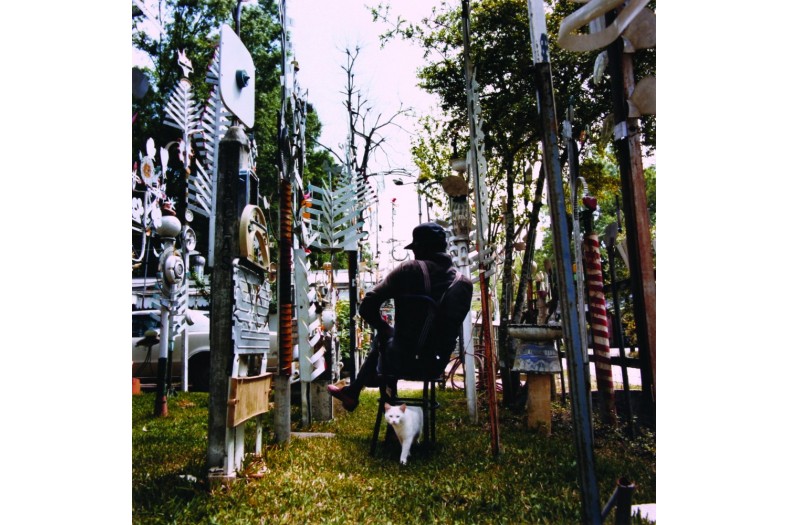
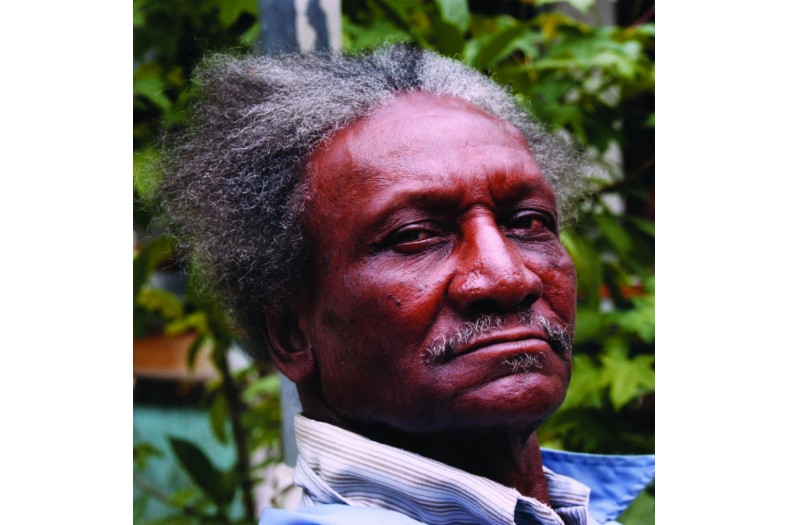
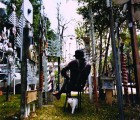
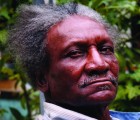
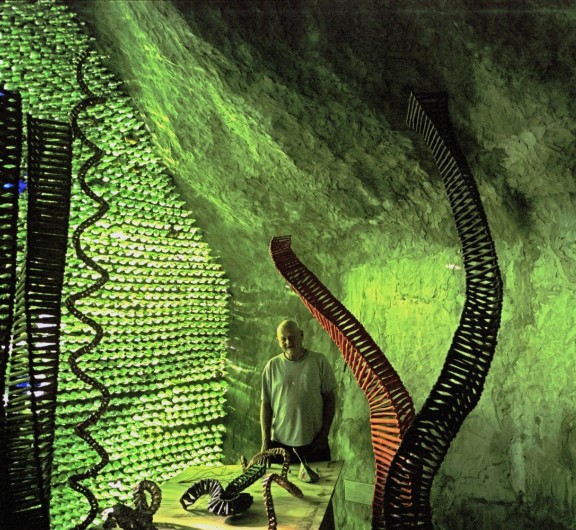

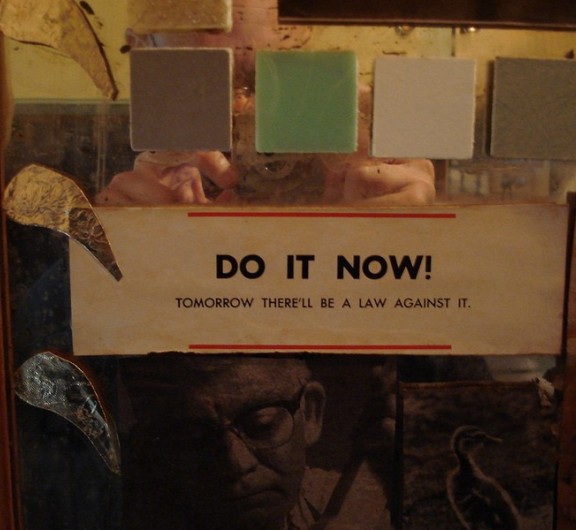
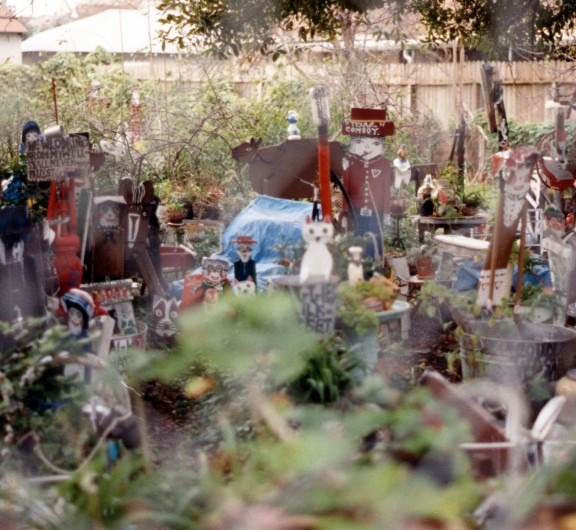
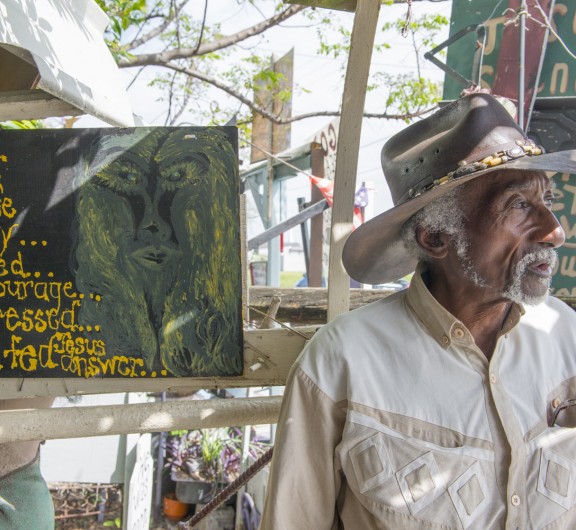

Post your comment
Comments
No one has commented on this page yet.